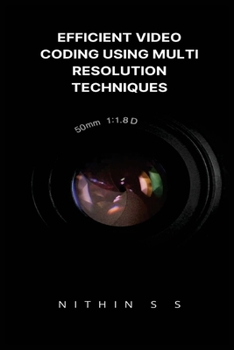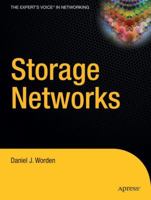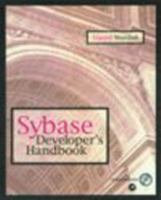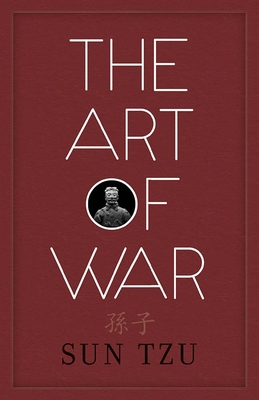Efficient Video Coding Using Multi Resolution Techniques
Select Format
Select Condition 
Book Overview
Compression algorithms have been enlarged for different approaches at a wide ranging level. These
algorithms have been evaluated and systemized by various researchers.Generally, the fields of
accessible systemized video coding systems are useful for many purposes. Few coding algorithms
allow a degree of modification within the limit to handle technology limitations.
In the recent digital world, all data is being kept in the digital platforms which results in
require of huge storage space for storing the images and video and also requires a huge bandwidth
for transmission. These two disputes lead to the development of new compression methods. It's been
a problematic task to store and transmit the bulky raw data. The process of reducing the storage
size of the data is referred as Data Compression. The video compression plays a major role in the
field of media and other related fields such as Video Broadcasting, Video Conferencing and Video
Streaming.
A typical compression (or coding) system is made up of an encoder and a decoder. The encoder
converts the video sequence into a compact representation that is transmitted or
stored, while the decoder performs the inverse operation.
Compression is the capability of illustrating information in an appropriate form by Sayood 2000.
This compact representation is possible by exploiting and eliminating the redundancy
and irrelevancy in the data. A model of initially using data compression by using Morse
code was generated by Samuel Morse in the center of 19th century. Symbols conveyed by
telegraph are encrypted with the help of dots and dashes. Morse observed that some letters takes
place more regularly compared to others. To minimize the mean time demanded to convey a message,
shorter sequences are allocated to the letters, that take place more habitually, and
prolonged sequences are allocated to letters that take place less habitually by Sayood 2000.This
scheme of using transient code words for more regularly happening attributes is utilized in Huffman
coding, Shannon Fano coding.
The image and video data compression Bhaskaran and Konstantinides in1996 mention to an operation,
in which the quantum of info utilized for denoting image and video is minimized, to
face the bit rate requirements under or utmost matching to the accessible bit rate, while the
standard of the regenerated image or video fulfill the conditions for specified
applications with less difficulty.
























